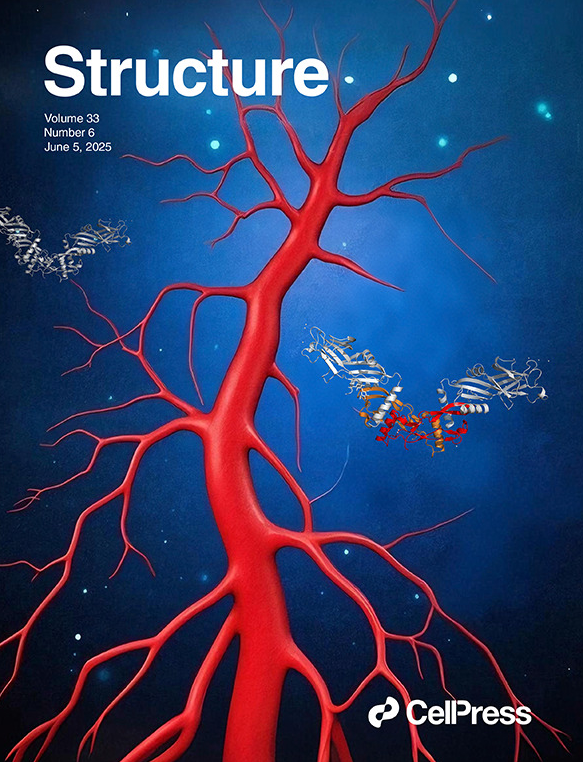If you had the option to quickly check your sample – so you could confidently say “My sample is ready” – before taking it to the cryo-EM facility, would you do it?
Sending substandard samples for cryo-EM wastes time and money, while putting high-resolution structure results at risk. For cryo-EM sample optimization and screening, single-molecule measurement provides the resolution needed to ensure monodispersity and sample homogeneity.
Many tools can be used to assess monodispersity. Some provide bulk sample information while others provide information related to single particles.
Single-molecule measurement tools, including negative stain electron microscopy (nsEM) and mass photometry, provideinformation related to individual species in a sample. In comparison, dynamic light scattering (DLS), size-exclusionchromatography (SEC), and SDS-PAGE provide averaged (bulk) sample information.
When working to ensure all particles in a sample are roughly the same size, shape, and mass, a single-particle measurement toolcan provide superior understanding of sample readiness.
While nsEM is the gold standard screening tool for cryo-EM, it is costly and time-consuming, and involves non-native heavy metal staining. As a result, its effectiveness as a rapid screening tool is limited.
Mass photometry can complement nsEM, as it is compatible with most aqueous buffers and many membrane mimetic systems. It makes it possible to analyze biomolecules, including membrane proteins and macromolecular complexes, in their native states.
Mass photometry takes less than 5 minutes and uses very little sample (just tens of µL at nanomolar concentration). This makes it ideal for early structure stability checks and buffer screening before progressing to nsEM and cryo-EM
In this webinar, hear Dr. Adar Sonn Segev describe how mass photometry provides quantitative information on sample heterogeneity using minimal volumes with molecular resolution.
Title: Quantifying the heterogeneity of macromolecular machines by mass photometry
Speaker: Adar Sonn Segev, University of Oxford (affiliation at time of webinar)
Duration: 39 minutes
Rapid dilution microfluidics system for measurement of low affinity complexes
Just tens of µL at nanomolar concentration
Data acquisition and analysis all in less than 5 minutes
What people are saying about mass photometry and its use in cryo-EM pipelines…
“This technique can provide information that is not otherwise accessible with other instrumentsand can streamline the sample characterization process before additional resources to cryo-EM”

A mass photometry user at The Rockefeller University introduces mass photometry, and explains how it can be applied to streamline cryo-EM pipelines.
Need for speed: Mass photometry as a sample analysis tool for structural studies
Do you want to know more about the use of mass photometry in pre-cryo-EM screening?
We would like to share insights, application notes, and invitations to webinars on how scientists are utilizing the technology in their research.